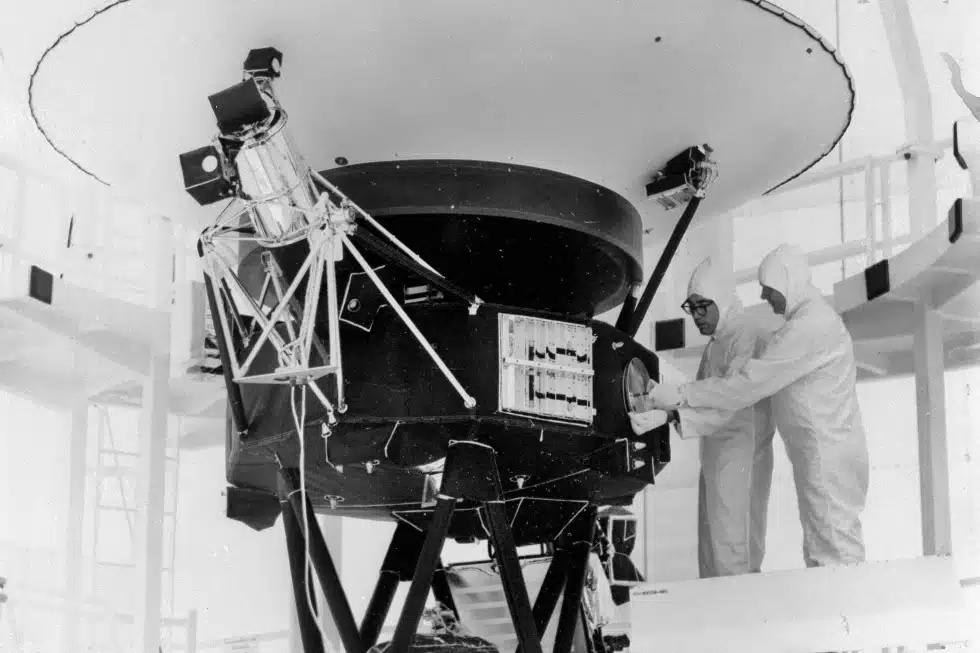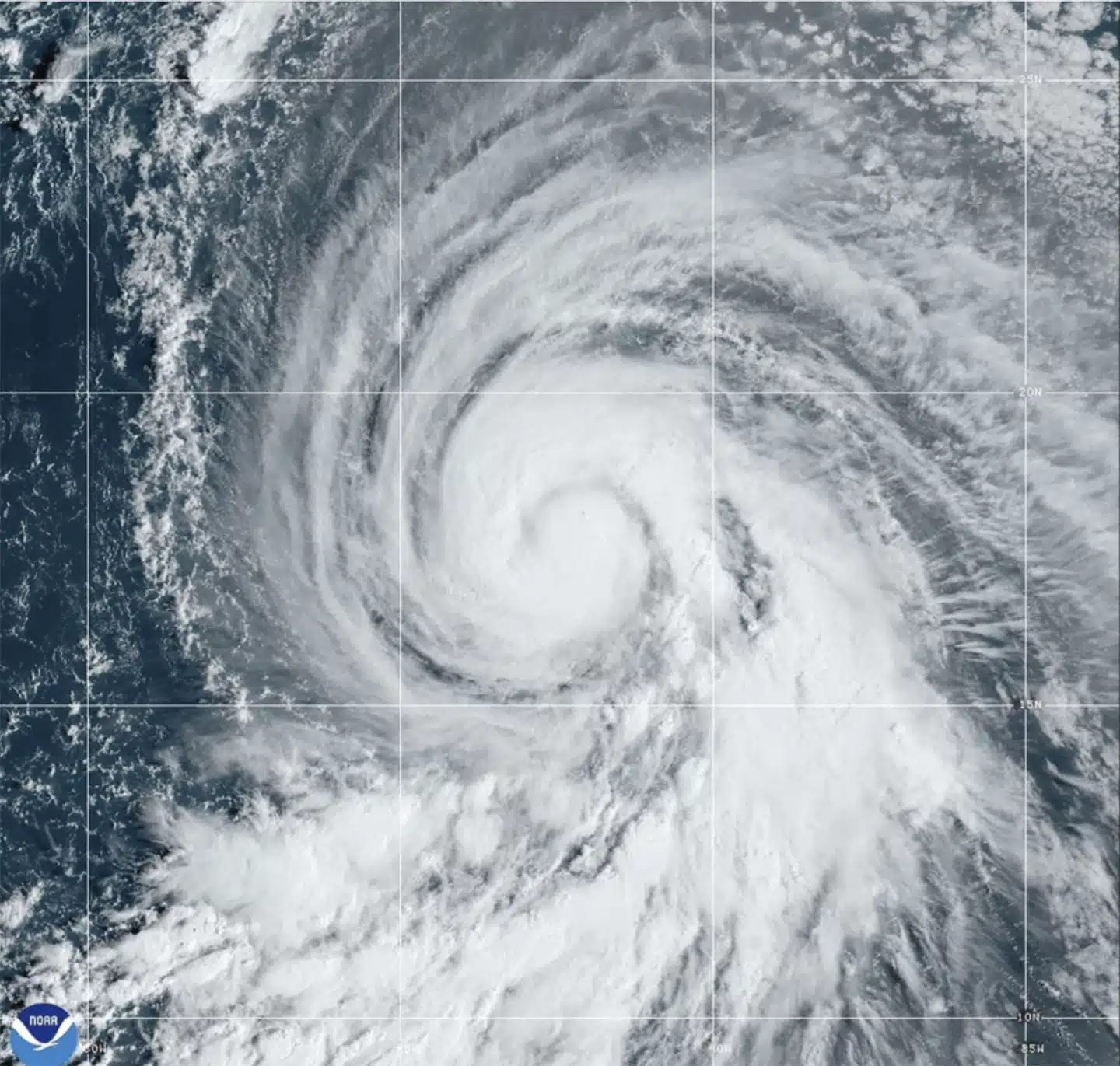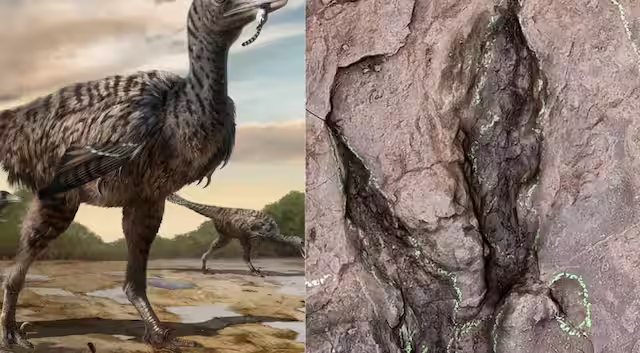Science
The first Webb Space Telescope Image is so Twisted, warped, and Weird

As found in the primary picture NASA let out of the Webb Space Telescope, a few universes seem like long strings of taffy that have been extended.
Thus, our perspective on the profound universe has been modified by the actual universe.
SMACS 0723 is a bunch of universes that has been found by a cosmologist utilizing the James Webb Space Telescope, the world’s biggest telescope. As well as containing billions of stars, a large number of dark openings, and maybe trillions of planets, worlds are tremendously monstrous items. A bowling ball sitting on a bedding twists space as its mass is joined between these universes.
SEE ALSO: NASA released from the Webb Space Telescope
There is a sense where this distorted space makes a “focal point” through which we view the world. Subsequently, the light that we (or the Webb Space Telescope) see from the worlds behind this cosmic group has been twisted by the universes behind it. It is a peculiarity known as “gravitational lensing.” According to the Space Telescope Science Institute, which runs the telescope, it resembles the earth has a camera focal point among us and the universes somewhere far off.
100 years back, Albert Einstein anticipated that gravitational lensing would meaningfully affect the universe. Subsequently, a significant number of the worlds we can see beneath in Webb’s initial profound investigate the universe are enormously amplified, and others are mutilated or extended in significant ways.
At the divulging of Webb’s most memorable logical pictures, NASA astrophysicist Jane Rigby said: “They have been amplified as Einstein anticipated they would, similarly as Einstein anticipated they would be”

NASA calls this image “Webb’s First Deep Field.” It’s an image of the galaxy cluster “SMACS 0723.” The mass of the galaxies distorts, and magnifies, more distant galaxies in the background Credit: NASA / ESA / CSA / STScI
As per the picture over, the bunch of white-looking, ethereal systems in the picture is believed to be a few 4.6 billion years of age. During a similar period when the sun and the Earth framed, the stars were likewise shaped, said Rigby. The view behind us is twisted and amplified by these white systems where an amplifying focal point is situated.
Some of the more far off objects in the universe are among the most established objects known to man, including both unusually misshaped cosmic systems and the red specks. As per Harald Ebeling, a space expert at the University of Hawaii Institute for Astronomy, in an explanation delivered to the media, every one of the exceptionally weak, dim red spots, as well as a significant number of the more brilliant, strangely molded objects found in this staggering picture, are very far off cosmic systems that have until recently never been seen by the natural eye.
More in Science

Science
NASA Switches Off Instrument On Voyager 2 Spacecraft To Save Power

NEW YORK — To save power, NASA turned off another scientific equipment on its long-running Voyager 2 spacecraft.
NASA Switches Off Instrument On the Spacecraft To Save Power
The space agency announced on Tuesday that 2’s plasma science instrument, meant to study the movement of charged atoms, was turned off in late September to allow the spacecraft to continue exploring for as long as possible, which is estimated to be into the 2030s.
NASA turned off a suite of instruments on Voyager 2 and its twin, Voyager 1, after exploring the gas giant planets in the 1980s. Both are currently in interstellar space or the region between stars. The plasma instrument on Voyager 1 stopped working years ago and was finally shut off in 2007.
The remaining four instruments on 2 will continue to collect data on magnetic fields and particles. Its mission is to investigate the regions of space beyond the sun’s protective sphere.
NASA Switches Off Instrument On Voyager 2 Spacecraft To Save Power
It launched in 1977, is the only spacecraft to have visited Uranus and Neptune. It is now more than 12 billion miles (19.31 billion kilometers) from Earth. 1 is more than 15 billion miles (24.14 billion kilometers) beyond Earth.
SOURCE | AP
Science
Hurricane Kirk Could Cause Dangerous Surf Conditions Along The US East Coast

MIAMI — Hurricane Kirk’s waves could generate life-threatening surf and rip current conditions this weekend throughout the United States East Coast, as well as in Bermuda, the Greater Antilles, and the Bahamas, according to forecasters.
Kirk was a Category 3 hurricane in the middle Atlantic Ocean that might grow further but was predicted to stay away from land, according to the Miami-based National Hurricane Center on Thursday.
Hurricane Kirk Could Cause Dangerous Surf Conditions Along The US East Coast
Kirk-generated swells were forecast to reach parts of the Leeward Islands on Friday, Bermuda and the Greater Antilles on Saturday, and the East Coast and the Bahamas on Sunday, according to the center.
No coastal watches or warnings were in effect. The major storm was around 1,130 miles (1,820 kilometers) east of the Leeward Islands, with maximum sustained winds of 125 mph (205 km/h).
Meanwhile, Tropical Storm Leslie formed late Wednesday in the eastern Atlantic and is expected to strengthen into a hurricane in the following days, forecasters said. It was also not considered a threat to the land.
Hurricane Kirk Could Cause Dangerous Surf Conditions Along The US East Coast
The storm was about 540 miles (870 kilometers) southwest of Cabo Verde’s southernmost tip, with maximum sustained winds of 45 mph (75 kph), according to the center.
The storms raged in the Atlantic as rescuers in the United States Southeast sought for missing persons after Hurricane Helene struck last week, leaving a trail of death and devastation.
SOURCE | AP
Science
Giant Fossilised Footprint Of Dinosaur Found in China

(CTN News) – A team of palaeontologists believes they have discovered fossilized footprints of one of China’s largest raptors. The collection of five fossilized dinosaur footprints is half the length of a school bus.
The footprints were discovered in a dinosaur trackway in south-east China in 2020. Scientists believe dinosaurs walked over the muddy river during the Cretaceous period, leaving footprints. Some footprints have been preserved for tens of millions of years.
The dinosaur trackway was unearthed in Longxiang and is around the size of a hockey rink. Some of the footprints are unusually formed, with intact imprints of only two toes.
Fossilised footprint of megaraptor found in China

Giant fossil footprints lead to megaraptor dinosaur discovery in China
Raptors, or predatory birds, are often small and referred to as deinonychosaurs. For example, a Velociraptor is around the size of a turkey. Few raptors, such as the Utahraptor and Dakotaraptor, increased in size significantly, reaching lengths of 5 to 6 metres. The Triassic ichthyosaur was the largest raptor known until now.
According to the scientists, the predator would have attacked its prey with a pair of huge “killing claws” on each foot.
What scientists discovered recently in China is massive, far larger than the largest superpredator known to date.
Scott Persons of the College of Charleston in South Carolina, and his colleagues, added another large raptor to the list. They named it Fujianipus, and they believe it lived in East Asia some 96 million years ago.

Scott Persons at the College of Charleston in South Carolina and his colleagues added another giant raptor to the list. They named it Fujianipus, and they say it lived in East Asia about 96 million years ago. Photograph:(Twitter)
Persons and his colleagues are currently working on areas of Fujianipus’ skeleton, therefore little is known. The investigators only discovered a few of its 36-centimetre-long imprints.
“Preservation conditions were right for footprints but not so great for bones,” Persons said. However, scientists are certain that the footprints belong to a raptor because each one contains the imprint of only two toes, which corresponds to the foot anatomy of raptors. Raptors generally have three toes, but they keep one off the ground to preserve the big claw at the tip from wear and tear.
People believe Fujianipus demonstrates that raptors had the ability to grow much larger and compete with the largest predatory dinosaurs on the landscape at the time – allosauroids, some of which exceeded 10 metres or more in length.
According to Persons, raptors had an advantage over allosauroids in terms of speed. However, without fossilized leg bones, the researchers cannot correctly measure Fujianipus’ speed.
-

 News4 years ago
News4 years agoLet’s Know About Ultra High Net Worth Individual
-
Entertainment2 years ago
Mabelle Prior: The Voice of Hope, Resilience, and Diversity Inspiring Generations
-
News11 years ago
Enviromental Groups Tell Mekong Leaders Lao Dam Evaluation Process Flawed
-

 Health4 years ago
Health4 years agoHow Much Ivermectin Should You Take?
-

 Tech3 years ago
Tech3 years agoTop Forex Brokers of 2023: Reviews and Analysis for Successful Trading
-

 Lifestyles3 years ago
Lifestyles3 years agoAries Soulmate Signs
-

 Entertainment3 years ago
Entertainment3 years agoWhat Should I Do If Disney Plus Keeps Logging Me Out of TV?
-

 Health3 years ago
Health3 years agoCan I Buy Ivermectin Without A Prescription in the USA?
